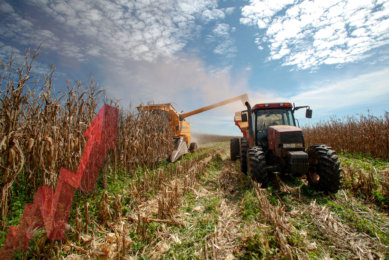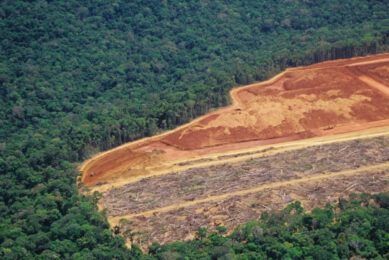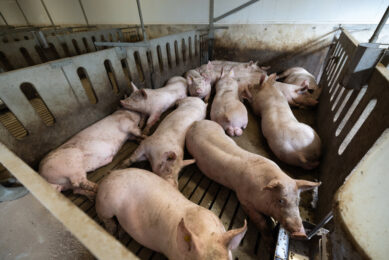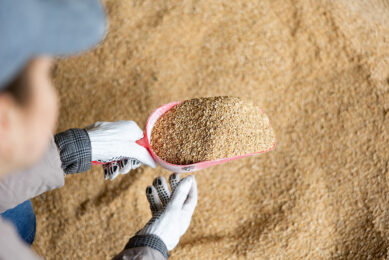Maximising nitrogen supply for crops
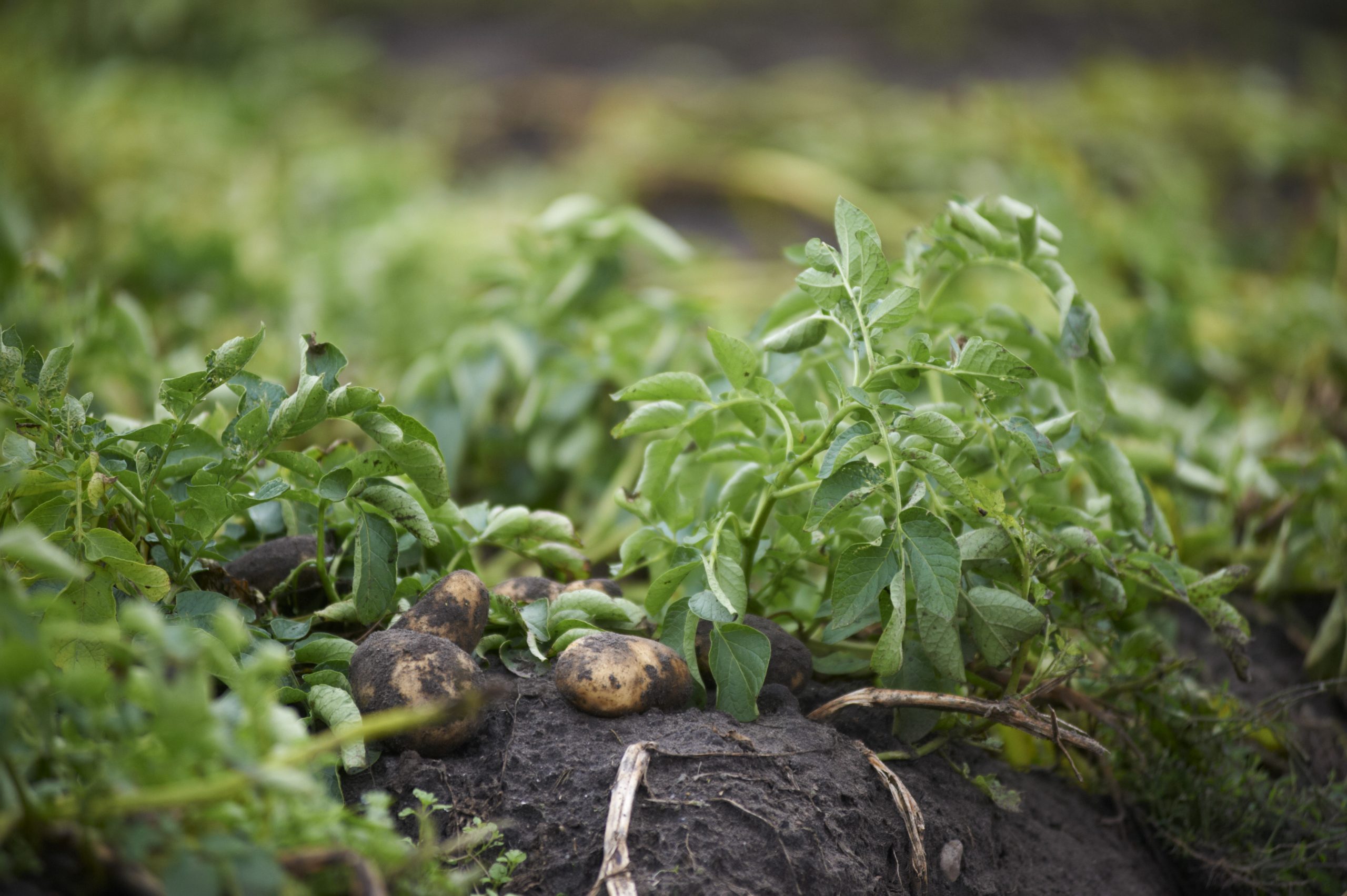
How do you know exactly how much nitrogen a crop needs at a given growth stage in order to maximise yield? Researchers from Aarhus University have found a method that can answer this question.
The methods is based on a reference curve to determine when a crop is deficient in nitrogen. The reference curve is based on comparisons of data on leaf area with data on leaf reflectance at different light wavelengths. The researchers used potatoes as guinea pigs in their study.
Too much or too little nitrogen
It can be difficult to find the right balance between too much and too little nitrogen. A solution to the problem could be to spread the application of nitrogen so the crop is given a little snack in the beginning of the season and the rest of its ration in the course of the growing season. The challenge lies in determining the amount and timing of the supplemental nitrogen doses – and this is where the new method is helpful.
By combining measurements of leaf area and reflectance it has been possible to come much closer to determining when the plants have a need for more nitrogen with a precision level of 10-20 kg N/ha.
Next step
A great advantage of the new method is that it appears to be independent of year and potato variety.
The next step will be to make the nitrogen application dosages more precise. The researchers from Aarhus University are also working on this. They have just received funding for a follow-up project where they will use the new method for precision fertilisation in various areas of the field using novel drone, satellite and sensor technologies.
Source: Aarhus University




